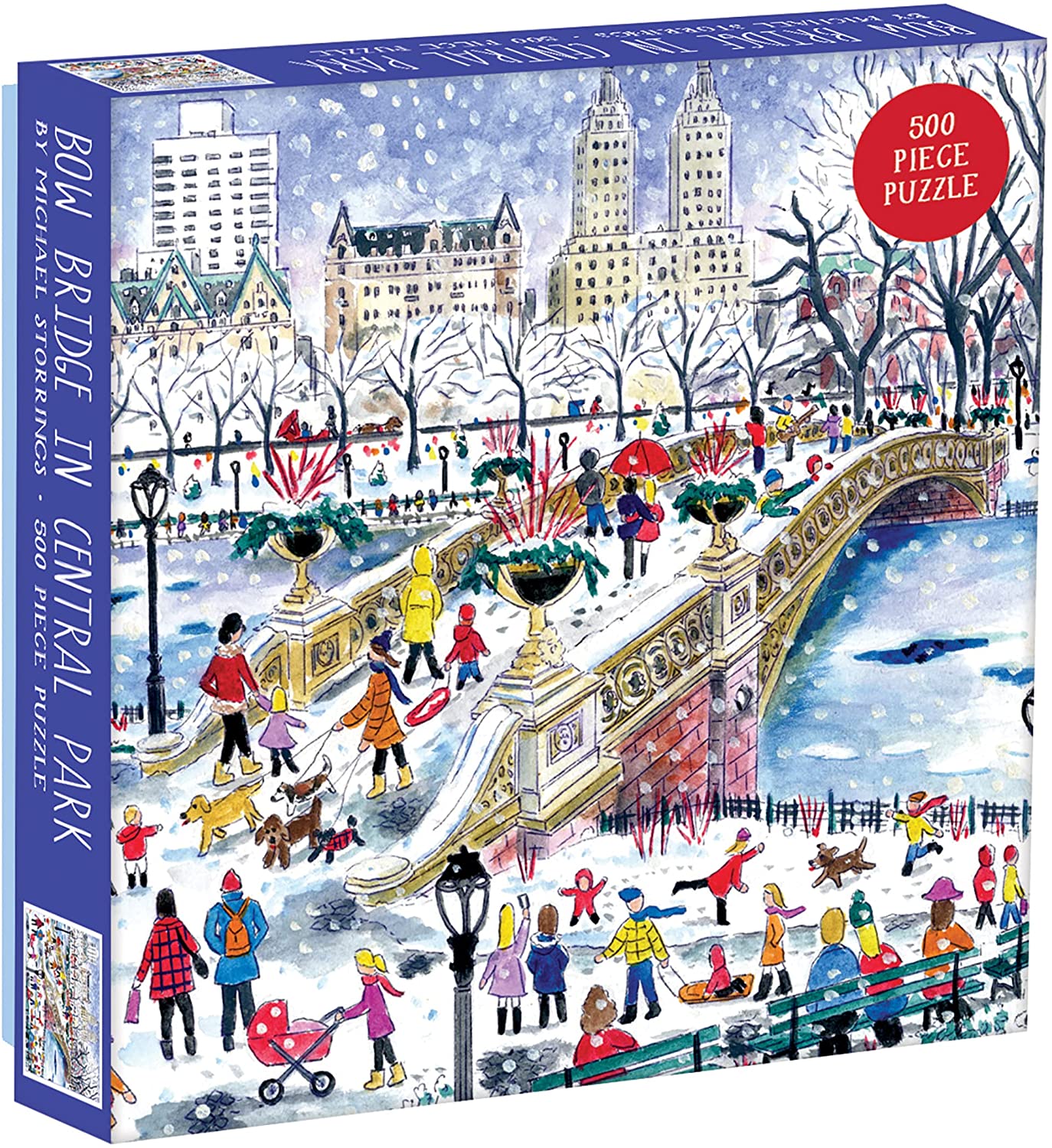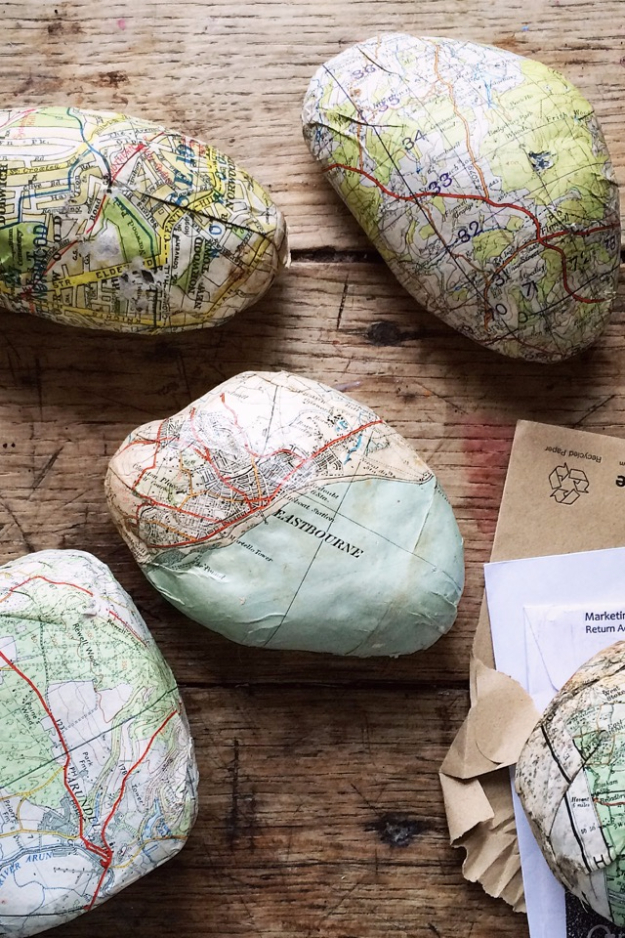
Creating new stitches or making an increase stitch is one of the most important parts of knitting. An increase stitch can be made in many different ways. Some increases are almost invisible, while others create distinctive effects in the fabric. This information will help you make better knitting choices. Understanding how to read a pattern can also be important. It is important to be able understand the purpose of the designer by learning what type of increases are used in a particular pattern.
Double and single increases are both the most common types. A single increase involves adding two new stitches to an existing one. Double increases add three new stitches to an already existing stitch. In either case the new stitches will be placed in the strand between existing stitches. Both increase work into the back of the stitch, tightening it. Some increases are more subtle than others. Others slant to the left or right. It can be hard to see a pattern because of these variations.

One of the easiest methods to increase a stitch is with single increases. Typically, these increases are worked on the right side of the work. They are also one of the most versatile. They can be used as a way to increase the number and size of stitches in a row.
Another common increase is the M1 increase, which is usually used along the edge of a garment. It is a horizontal loop of yarn that is worked between the stitch on the left needle and the last stitch knit off the left needle. M1 increases are often required when a specific pattern calls for them. There are several different types of M1 increases, including the M1L and the M1R. M1L can be considered the default M1-stitch. However, the M1R may be easier to master.
Bar increases are another popular technique for increasing stitch count. These are most commonly worked on the knit side, but they can also be used on the purl side. They are often referred to as make-one increases. They result in a drop to the right of the increase. These are easy to use and can be used as a substitute for knit front and back augmentations. They can be very decorative and are an excellent way to make decorative holes in your lace. They can be visible or invisible depending on the fabric.
Other increases include knit front and back increases, a twisting stitch and a knit front and back slip back. These increases can be achieved by knitting twice into the same stitch. They help eliminate the bar between the standard knit front/back. The twisting stitch looks a lot like a wheat sheaf. These increases appeal to beginner knitters.

Understanding the importance of increases stitches in knitting can help you to understand the intentions of the designers. Some increases are hidden within the seams while others create a bump in your fabric. You will be able to better read the pattern and make informed knitting decisions if you know how to recognize which types of increases.
FAQ
What are some competitive hobbies?
Swimming, running, cycling, golfing and tennis are some of the competitive sports.
They're usually played by people who enjoy physical activity but also provide an opportunity for social interaction.
You'll likely find others who are interested in your hobby if it involves physical activity.
You might consider joining a group or club that meets regularly to play together in sports.
You might also choose to participate in team games involving playing alongside others.
These include: football (soccer), soccer, cricket, netball.
There are many types competition.
Some competitions may be held for pure recreational purposes.
Others are intended to test competitors' skill.
Others are also designed to reward exceptional performance.
The winners are awarded prizes in these cases.
Other competitions are intended to test strength and stamina.
These are known endurance events.
For example, marathon races, triathlons, Ironman Triathlon, etc.
These events are often contested by athletes who train hard.
To prepare them mentally and physically, they will be following a strict training regimen.
They may need to spend some time out of their home for preparation.
It is important to remember, not all athletes will compete in every type and event.
What are collection hobby?
Books, movies music, comics and video games are some of the most popular collections.
You can also collect anything from stamps to coins to cars to dolls to action figures to model kits to figurines to art supplies to tools to kitchen utensils to jewelry to watches to gadgets to clothes to furniture to antiques to...
I believe you get the idea.
What are observation hobbies?
Observation hobbies are activities where you observe people doing what they do. This could be watching sports, reading books or going on holiday. You could also observe other people.
Observation hobbies are great because they help you learn how to think creatively. You can draw on this knowledge later, when you work on projects for others.
You'll find that if you're interested in something, then you'll have an easier time learning about it.
You might watch or read about football to learn more. To learn more about photography, it is possible to visit and take photos.
You could also buy a guitar or play along online to music if you are a musician.
You can cook your own meals, or you could go to a restaurant.
You could also grow flowers or vegetables if you enjoy gardening.
You could take a class or go out dancing with your friends if you enjoy dancing.
If you like painting, you could paint pictures.
Write poetry and stories if that is what you love to do.
You could also draw pictures if you enjoy drawing.
If you're passionate about animals you might consider working at a Zoo or looking after their pets.
If science interests you, you can study biology, chemistry or physics.
History is something you might enjoy if you read books, watch movies, or listen to podcasts.
You can travel abroad or explore your home area if you love to travel.
Statistics
- Studies show that just six minutes of reading can reduce stress levels by 60 percent. (oberlo.com)
- Almost 80% of people claim to have no hobby. (hobbylark.com)
- Much of this decline reflects the fact that teens are less likely to work today than in the past; among employed teens, the amount of time spent working is not much different now than it was around 2005. (pewresearch.org)
- I am 100% biologically a woman (discover.hubpages.com)
- In comparison, men in the “no humor” condition were refused 84.6% of the time and were only accepted 15.4% of the time. (time.com)
External Links
How To
How to Get Started in Baking
Baking is the art of making food out of flour, eggs sugar, butter and other ingredients. The main ingredients used in baking are flour, fats, sugars, leavening agents, salt, and water. This article will explain how to make loaf. We will be using common ingredients such wheat flour and yeast as well as butter, olive oils, butter, egg whites (milk powder), eggs whites, egg yolks, salt, honey, water, and butter.
You need to combine these ingredients in order to bake bread. In a large bowl, combine the dry ingredients (flour yeast, salt) and add them to the bowl. Then add the wet ingredients (milk powder, egg white). Combine them. Add the honey and then knead the dough until smooth. Let the dough rise for around 30 minutes. After rising, the dough should be light and soft. You can roll the dough out and place on a baking pan. Bake at 180C for 15 min.